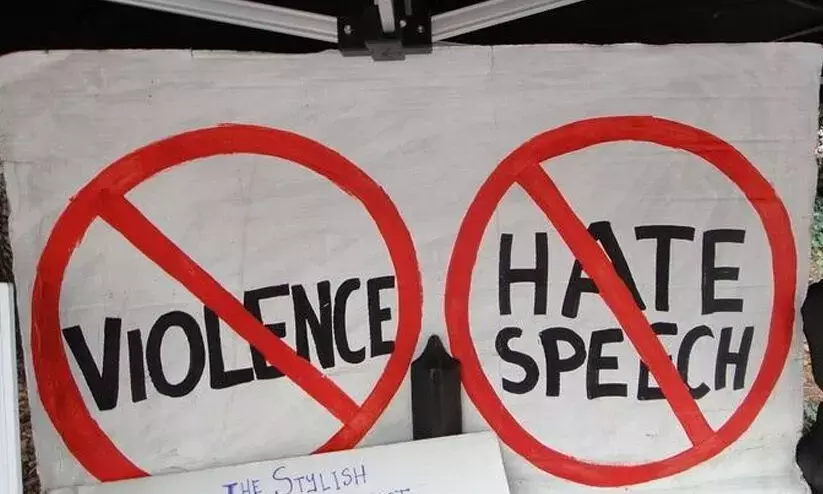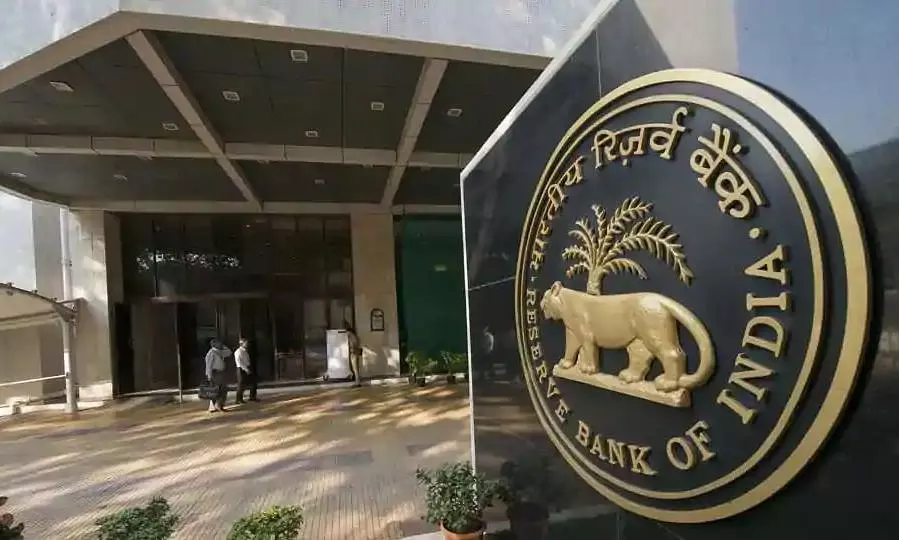
RBI report shows improving demand, supply sides post unlock
text_fieldsMumbai: The Indian economy that has seen a relentless downward trend due to the pandemic impact for the last year is now reported to have come back on the recovery track, according to the RBI Bulletin for August.
The report said that the demand side that has been repressive ever since the second wave of COVID-19 hit the country, is now improving as is the supply side with the monsoon catching up to its normal levels and sowing activity gaining pace.
Reaffirming the traction that the economy is gaining, the manufacturing activity is gradually turning around, while the contraction in services has moderated, it said.
On inflation, the central bank said that the behaviour of food price mark-ups exhibited dramatic shifts following the outbreak of COVID-19 and the associated lockdown measures to contain its spread. Using centre-wise daily data on retail and wholesale prices of 22 food items released by the Department of Consumer Affairs, the RBI found that mark-ups increased on average during the first nationwide lockdown (March-May 2020) and persisted even during the subsequent unlocking phase.
Furthermore, the increase in margins was found to be driven predominantly by market centres, which faced high-intensity lockdowns as measured by the mobility indices.
However, reflecting the less stringent and localised nature of lockdowns as well as better supply chain management during the second wave of COVID-19 (April-May 2021), the extent of increase in mark-ups was relatively modest, it said.























